Found a Bat
I found a bat, what do I do?
How do I safely pick up a bat?
Never pick up a bat, even a baby, with your bare hands. Gentling pick up a bat if you an adult and are wearing leather gloves. Use a container with a lid such as a coffee can, margarine tub, by placing the container over the bat, then gently slide the lid under the bat to get it in the container. If you need to transport the bat, you can put a paper or microfiber towel in the container. Do not use a regular towel as the loops can injury a bats small feet. Make sure the container has air holes and is tightly sealed to keep the bat from escaping. Do not put water in the container if you are transporting it. Bats are easily chilled when water spills.
If you are moving the bat to a better location, set the bat on a tree limb or high shrub so they are far enough off the ground that they can take flight. Check back in 24 hours, if the bat has not flown away, please call one of the wildlife rehabilitation specialists listed below.
What should I do if I find an injured bat?
First make sure no children or pets can get to it. Either pick it up as described above, or cover it with a box, flower pot or similar item. If someone was bitten or was handling the bat, call the Health Department. Otherwise call one of the following numbers:
Barb Ogaard (Bothell) (425) 481-7446
Meg Lunnum (Stanwood) (360) 631-0668
Sarvey Wildlife Center (Arlington) (360) 435-4817
Samantha Pew (Arlington) (425) 293-2708 (prefers text)
I found a baby bat. Can I take care of it?
No. Unless you are a licensed rehabilitator, it is illegal and extremely difficult to raise baby bats. A bat's best chance for life is with an experienced rehabilitator. Rehabilitators are inoculated against rabies so that they can handle the bats safely.
What should I do if I find a bat in my house?
If someone was bitten or exposed to bat saliva, wash the affected area thoroughly and get medical advice immediately. If the bat was found where someone was asleep and may not know if they were bitten, consider that an exposure. Whenever possible, capture the bat safely by following the instructions above and consult your Health Department. A bat that will be sent to a laboratory for testing should be refrigerated (not frozen) until the laboratory performs the test.
If no one was exposed or bitten, you can let the bat go. Isolate the bat to one room with access to the outdoors by closing entrances and exits. Open a window or single door in the room with the bat, turn off the lights, and the bat will find its way out. If it needs more guidance, shine a flashlight outside where you want the bat to go.
I know where there's a bat roost. Should I let someone know?
Yes. The more we know about current populations of bats, the better we can manage them. Please report colonies to Washington Department of Fish and Wildlife (WDFW).
I know where there's a bat roost and the structure is about to be demolished. What should I do?
Please contact us! We can try to talk with the owners and give them enough information to make a wise decision. While we may not always be able to protect the structure because people have the right to do what they want with their own property, we will try to work out a compromise to protect the colony.
